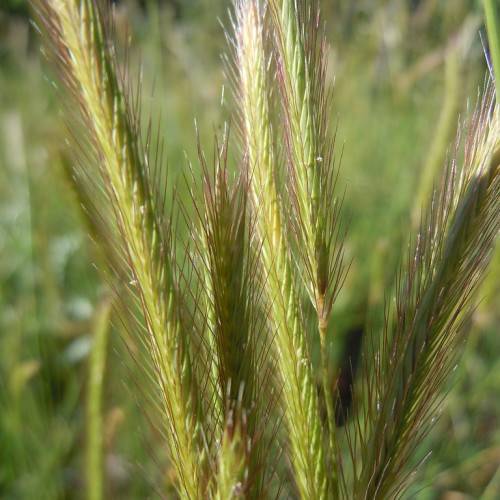
Short Awn Foxtail
Alopecurus aequalis var. aequalis
Also Known As - Little Meadow FoxtailWatering:
Frequent
Hardiness Zone:
Flowers:
Flowers
Sun:
Sun, Partial Shade, Shade
Soil:
Sand, Loam
Cones:
Yes
Leaf:
Yes
Growth Rate:
Low
Drought Tolerant:
Yes
Salt Tolerant:
Yes
Care Level:
Moderate
watering
Sitka Alder requires moderate but consistent watering during its active growing season (typically spring to fall). The soil for Sitka Alder should remain moist, but not overly wet. During very hot summer days, it is best to water the plant twice daily; in the morning and the late afternoon. During cooler periods, about once every 3-5 days should be enough. Sitka Alder should not be allowed to sit in soggy soil, and it may require additional drainage to prevent waterlogging.
sunlight
Sitka Alder (Alnus alnobetula subsp. sinuata) needs an adequate amount of sunlight for growth and maintenance. This species does not require full sun, but prefers light, dappled shade. Sitka Alder benefits from at least 4 hours of direct sun each day, but can tolerate full sun in the morning or late afternoon with some mid-day shade. During the hotter months of summer, especially in the southern US, adequate shade should be provided in order to prevent leaf-scorching and enhance overall health.
pruning
Sitka Alder should be pruned during late winter or early spring, before new buds appear. This species should not be severely pruned, but light trimming can be done to keep its natural shape and growth. Trimming should involve the removal of dead or damaged branches back to a healthy bud. To maintain its natural shape and size, light pruning should be done annually and serious pruning should be done every 3 to 5 years. When pruning, it's important to make sure the cuts are less than 25% of the plant's canopy eachyear to avoid stressing the plant. Lastly, no cutting of the main trunk should ever be done.
